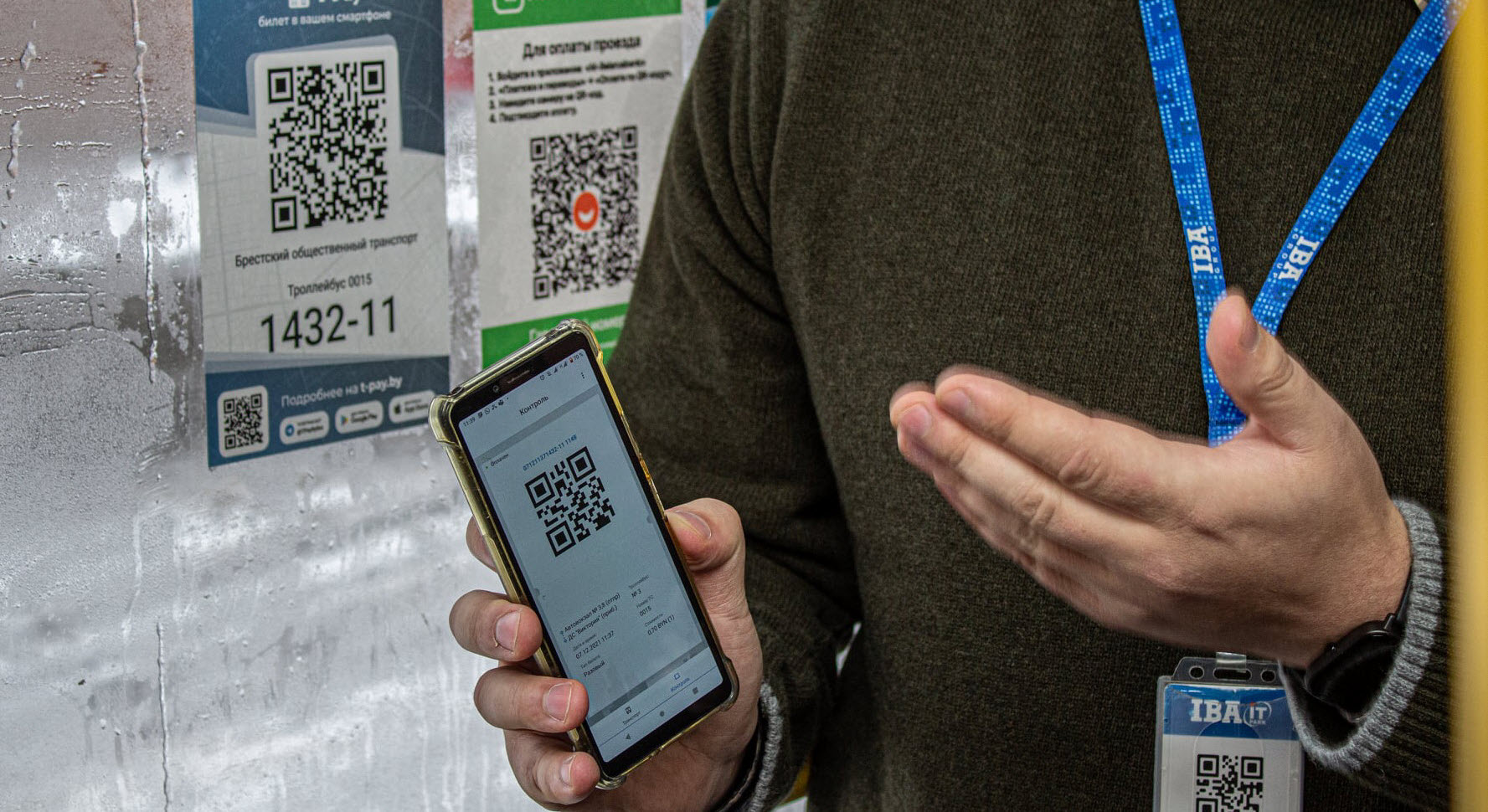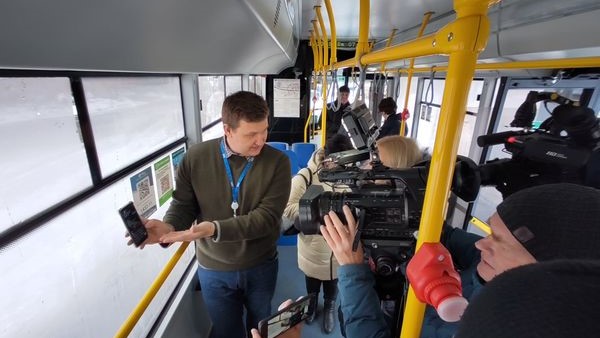IBA Group Launches T-Pay in Public Transport
IBA Group launched a new fare payment solution in public transport in one of Eastern European countries. The T-Pay service allows passengers to pay for travel using a mobile application or a Telegram bot in just a few clicks.
The QR code feature enables passengers to pay for the trip through almost any mobile banking system. The service is available on all city bus and trolleybus routes. Passengers of suburban transport will be able to try the service next year.
The T-Pay service is easy to use. A commuter needs to take the following actions.
- Download the application from Google Play (IOS version will be released soon) or write to the Telegram bot
- First time users need to enter a phone number to register
- Be sure that a mobile application of a relevant bank is installed on your smartphone
- When on a bus, find a T-Pay sticker with a vehicle ID and a QR-code
- During a trip, either scan the QR code in the T-Pay application or send a QR code picture or vehicle ID to the Telegram bot
- The application will generate a ticket that contains the route number, cost, number of passengers and will offer the user to pay for travel through mobile banking.
The T-Pay service by IBA Group has relevant functionality for setting different tariffs necessary for suburban and long distance transport. The system can calculate the cost of travel depending on the distance, time, and the number of stops. Now T-Pay specialists are working on introducing travel passes and remote booking options to the system.
T-Pay is a part of the IBA AVM system that provides centralized operational control and management of public transport. The system automates the processes of public transport management and informs passengers about the movement of vehicles in real time via the Transport BY.app.
A unified fare collection system may appear in other cities of the country. It is of particular interest to regional and district centers, as it allows for implementing electronic payment quickly and without deploying an expensive infrastructure.

